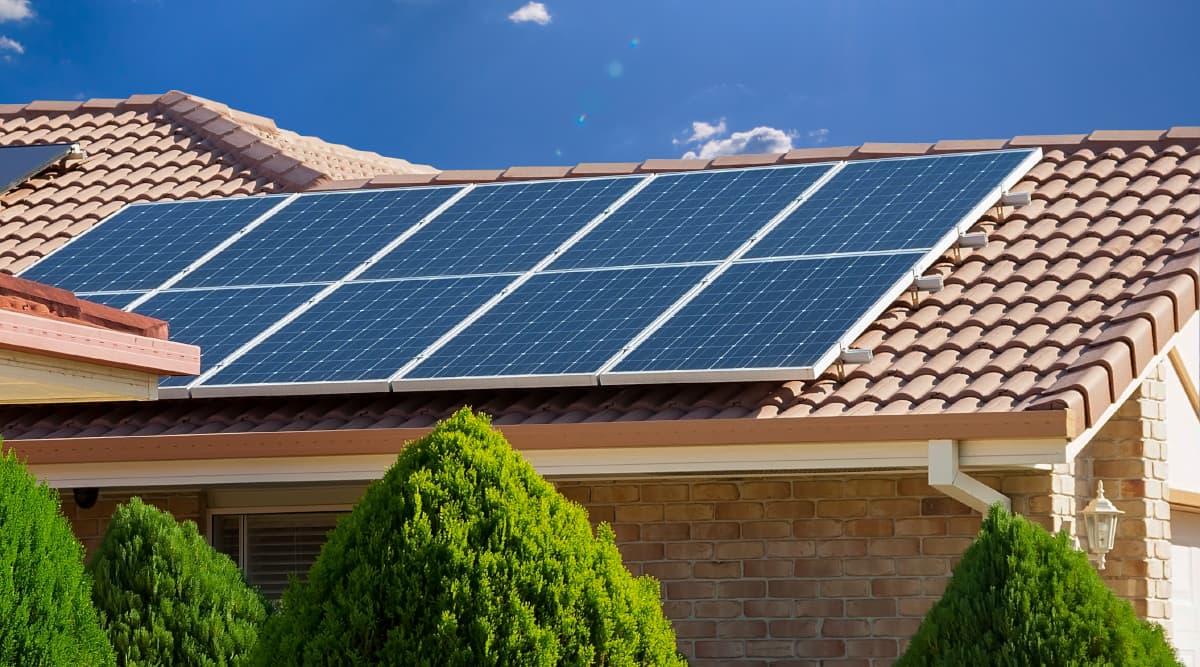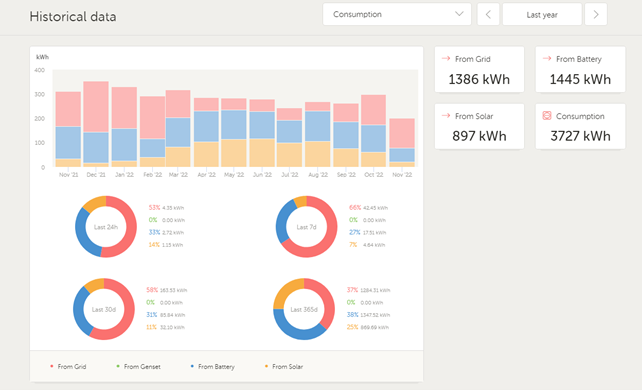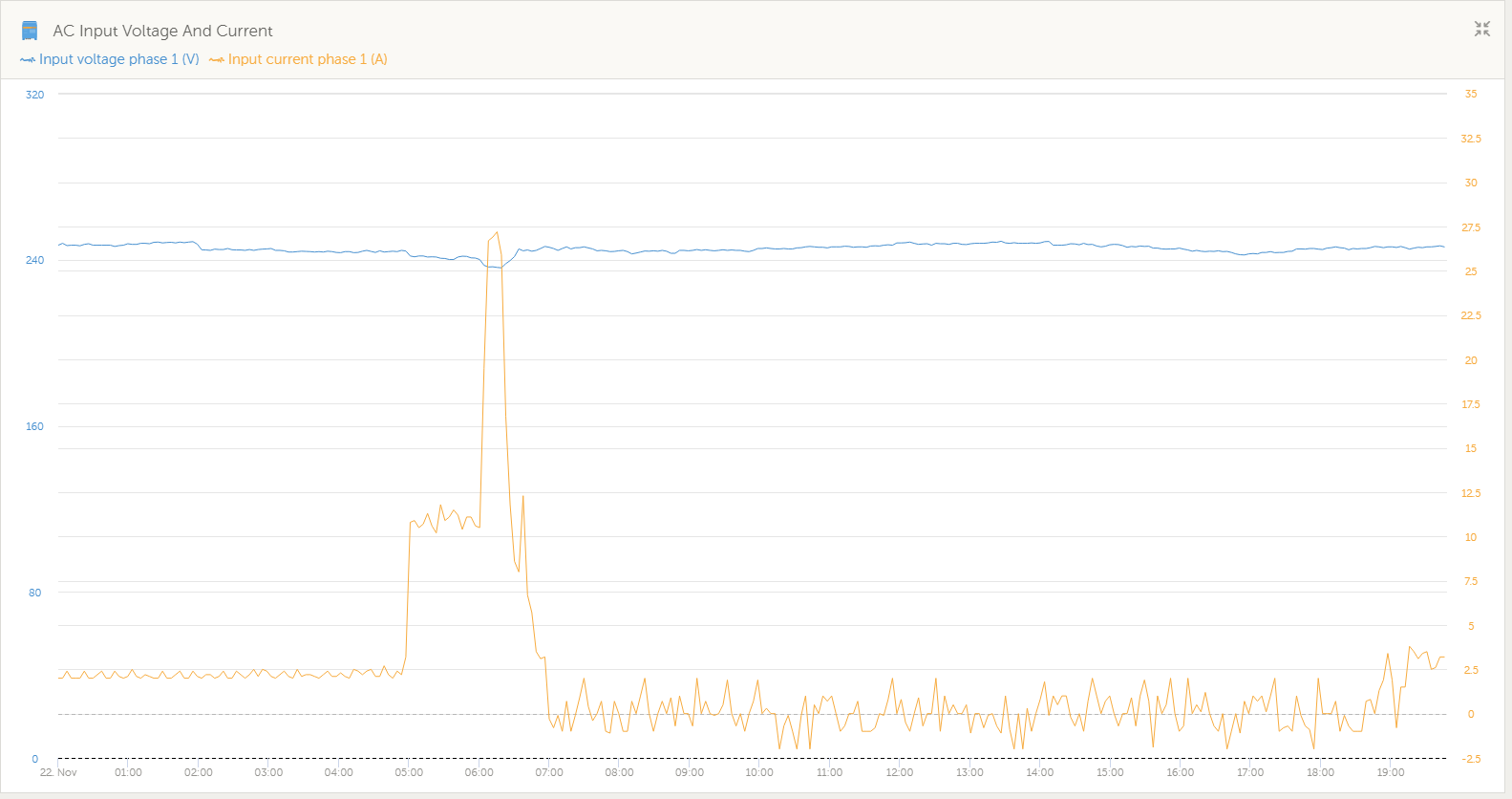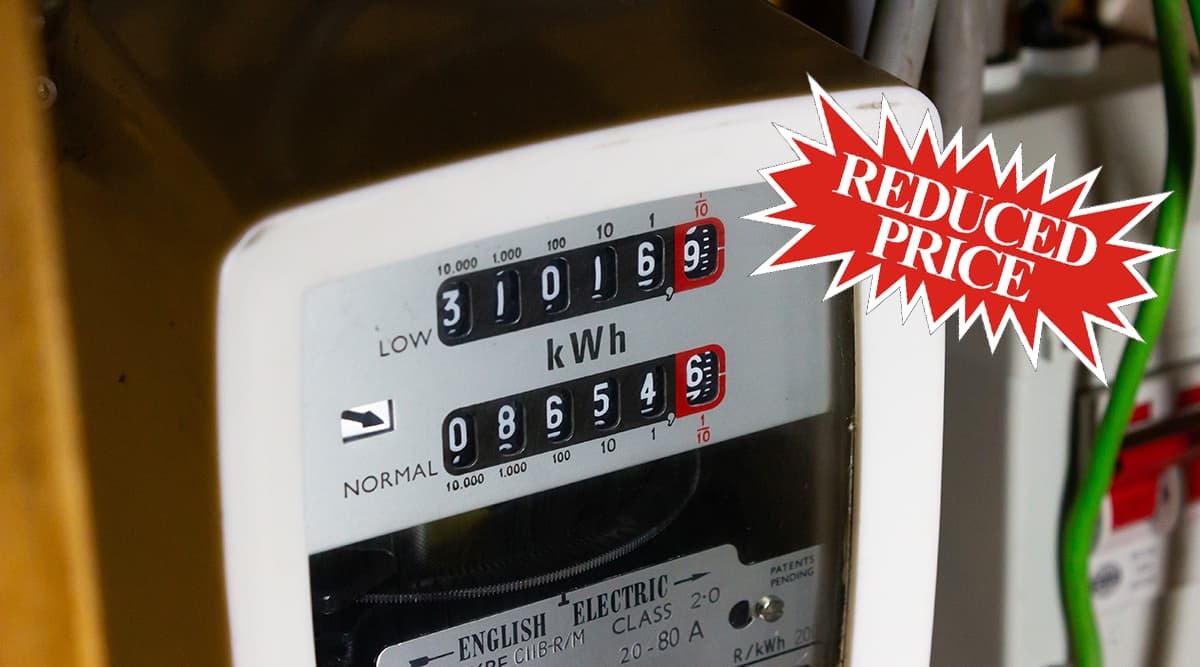
Background
This case study is of a standard three-bedroom home using 2 batteries. The approach was using as much solar power as possible from 12 panels in addition to load shifting to take advantage of off-peak power.
List of Products Used
- 4x Victron Energy MPPT 150/35 solar chargers
- 12x Conergy PH 240P solar panels
- 1x Victron Energy Quattro 48/10000/140-2×100 inverter/charger
- 1x Victron Energy-colour control
- 2x EVE 48100 lithium batteries
- 1x Ace Monitoring interface
Charging the Battery
The target for charging is to always take advantage of the cheapest energy you can. This can be achieved mainly by charging the storage batteries during off-peak tariffs and then using the stored energy during peak energy times. This is load shifting, reducing cost by maximising off-peak energy.
For this set-up there was additionally 2.8Kw of solar energy. This subsidised the battery energy during peak tariffs. Of course, this was reliant on sunlight which may not be as effective at certain times of the year. For example, during winter when there are fewer daylight hours. If the set-up includes solar panels, this is the cheapest form of energy. This energy is also prioritised to charge the batteries if they are not full. During summer most days the off-peak tariff was not needed, and the solar power was sufficient on its own. This can be seen in the example graphs showing less grid energy being used.
Benefits of the Test System.
• The system ran the Victron power equipment in ESS (Energy Storage System) mode. This gave flexibility to feed in surplus energy to the grid if the batteries were full. There is a small cost benefit to this. It also protects against power outages and blackouts enabling the top up and use of grid power if needed to supply extra heavy loads.
• Solar energy can be injected on the DC side, which then charges the batteries. It can also supply the inverter with DC to generate the AC to give power to the building as needed.
• If there happens to be a power outage, everything connected to the supply will still run until the energy is depleted in the storage batteries and no solar is available. Using DC coupled solar also charges the batteries and runs the inverter even with no grid.
Historical Data for 2021
Total consumption used:
• 37% came from the grid with the vast majority off-peak at £0.14 per unit
• 25% came from the solar panels, which is in effect free. This would likely be at peak tariff of £0.34 per unit if paid for at peak time
• 38% came from the battery storage which would be used instead of the peak tariff. This actually cost £0.14 Per Kwh to charge or would be free if from solar.
Total energy consumption for the year was 3727 kWh
Solar provided 897 kWh
Battery Provided 1445 kWh
Grid 1386 kWh at around £0.14 as grid mostly used just to charge off-peak
Solar Generated Total 2299 kWh at peak price £0.34 = £482.79 (equivalent savings)
Solar to Grid = 485 kWh at peak tariff (money off bill, which was fed into the grid)
Solar to Battery = 917 kWh to charge up the batteries
Solar direct use = 897 kWh at peak price of £0.34 = £188.37 saving

Direct Savings
From this, the savings can be seen for themselves. With the cost of energy soaring and the continuing need for energy for all types of buildings, these storage batteries make a sensible choice. While there is an initial outlay, this pays for itself over time in use. Whether moving forward with solar or just load shifting with off-peak power, it can save a huge amount of money.

